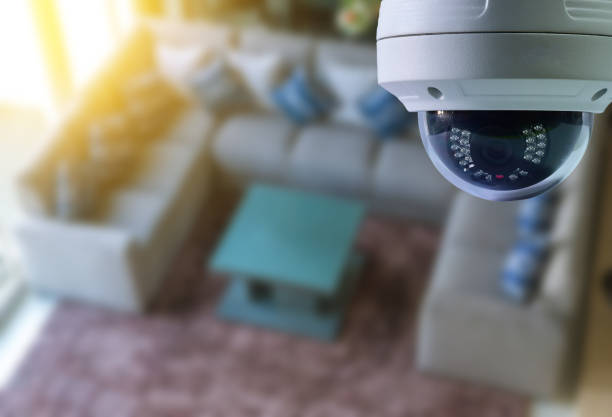Eco-friendly Approaches to Crafting Custom Cabinetry Masterpieces
Crafting custom cabinetry masterpieces through eco-friendly approaches has become a pivotal trend in the contemporary design and woodworking industry. As awareness of environmental sustainability grows, artisans and manufacturers are increasingly adopting practices that prioritize the planet while creating unique and exquisite cabinetry. One key aspect of eco-friendly cabinetry is the selection of materials. Artisans are now turning towards sustainable and renewable resources, such as bamboo and reclaimed wood, to reduce the industry’s ecological footprint. Bamboo, known for its rapid growth and renewability, has gained popularity as an eco-friendly alternative to traditional hardwoods. Additionally, utilizing reclaimed wood from old structures or salvaged lumber not only repurposes materials that would otherwise go to waste but also imparts a distinctive character to each piece, showcasing the beauty of age and history. In the construction process, eco-conscious artisans focus on minimizing waste and energy consumption. Precision cutting technologies and efficient manufacturing practices help optimize material usage, resulting in less waste.
Moreover, the implementation of energy-efficient machinery and tools, combined with the use of renewable energy sources, contributes to reducing the overall carbon footprint of the cabinetry production process. This commitment to sustainability extends beyond the workshop to create a holistic approach to environmental responsibility. To enhance the longevity of custom cabinetry masterpieces, eco-friendly finishes and coatings are gaining prominence. Traditional finishes often contain harmful volatile organic compounds VOCs that can contribute to indoor air pollution. In contrast, artisans are now turning to low-VOC or VOC-free finish, which not only reduce environmental impact but also create a healthier living environment for the end-users. Water-based finishes, derived from renewable resources, have become a popular choice, offering a durable and aesthetically pleasing alternative to traditional solvent-based options and visit site. The concept of modular and adaptable cabinetry also aligns with eco-friendly principles. Designing cabinetry with modular components allows for easy disassembly and reconfiguration, promoting a sustainable lifecycle for the product. This adaptability not only accommodates changing needs but also reduces the likelihood of the cabinetry ending up in landfills.
Moreover, modular designs facilitate efficient transportation and storage, further minimizing the environmental impact associated with the logistics of cabinetry production and delivery. In addition to materials and construction techniques, the eco-friendly approach extends to the sourcing of hardware and accessories. Opting for recycled or recyclable hardware components and using sustainable materials for handles, knobs, and other accessories ensures a comprehensive commitment to environmental stewardship. These conscientious choices contribute to the creation of cabinetry that not only reflects the artisan’s skill and creativity but also aligns with the broader goal of fostering a sustainable and eco-friendly lifestyle. The shift towards eco-friendly approaches in crafting custom cabinetry masterpieces signifies a conscientious response to the environmental challenges of the time. By prioritizing sustainable materials, minimizing waste, and embracing energy-efficient practices, artisans contribute to a more responsible and eco-conscious industry. As consumers increasingly value environmentally friendly options, the fusion of craftsmanship and sustainability in custom cabinetry not only meets market demands but also showcases a commitment to creating timeless pieces that harmonize with the planet.
Continue Reading
